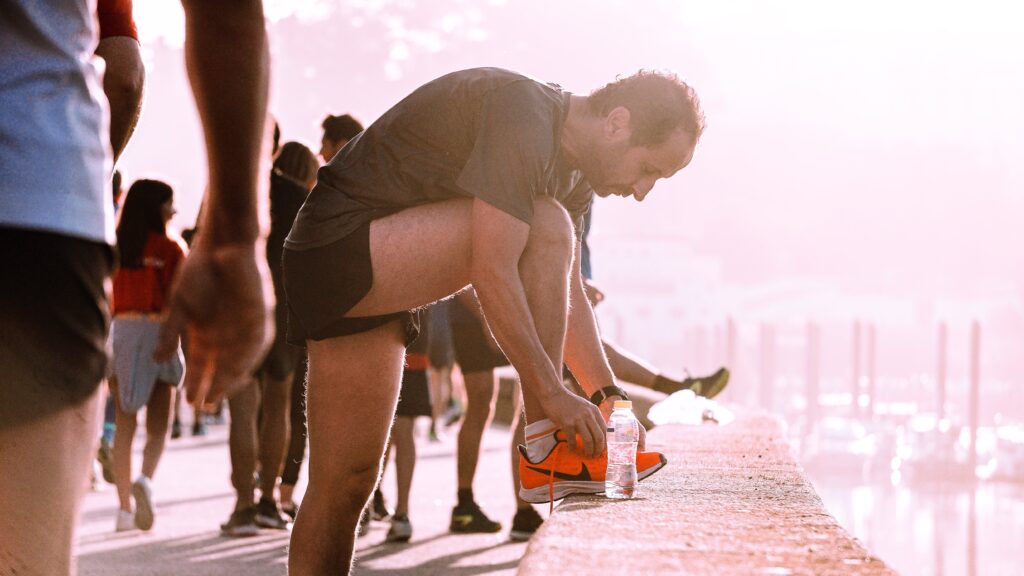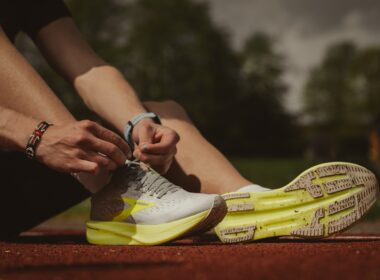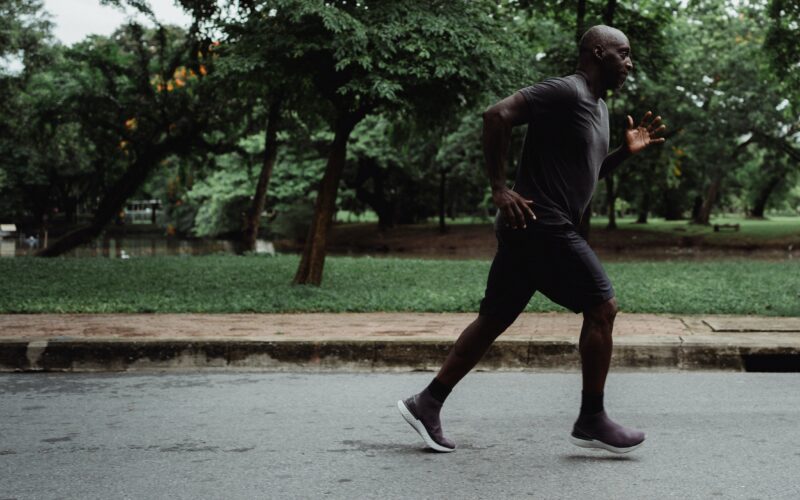As a running enthusiast, you may have heard of or experimented with “running strides” in your training. But are you fully harnessing their potential to improve your speed, form, and overall performance? This comprehensive guide will walk you through the benefits of integrating strides into your running routine, what they entail, how to master them for maximum impact, as well as discussing the feasibility of incorporating strides into your treadmill workouts. Get ready to unlock a new level of fitness and prowess in your running journey!
Exploring the Concept of Strides

Running strides, sometimes referred to as pick-ups or striders, involve briefly accelerating while emphasising your running form for a specified duration. These quick bursts can be integrated into easy runs to enhance your technique and build speed, employed as a warm-up before workouts or races, or even used as a standalone speed exercise for novice runners.
The Advantages of Adding Strides to Your Running Routine
Integrating strides into your training regime aims to boost your stride length while maintaining a rapid turnover or cadence. Although this may sound complex, it’s actually straightforward. You simply transition from a relaxed running pace to an accelerated pace by extending your stride for approximately 15 seconds (20-30 seconds in some variations), then reduce your speed and walk to recover and catch your breath.
Strides offer various benefits, such as refining your running form, loosening up your muscles to prevent injuries, and enhancing your speed. They can be a crucial component of your dynamic warm-up before a challenging race or workout or function as part of your dynamic stretching routine. Strides are also an excellent way to transition into your first speed workouts.
According to the American Council on Exercise, engaging in brief speed exercises like strides can boost lean muscle tissue and even provide anti-aging advantages by countering the effects of muscle loss that naturally occurs as we age. Speed workouts enhance type II muscle fibres, which typically decrease with age.
Perfecting Your Stride Technique

To effectively run strides, first, locate a consistently flat surface long enough to accommodate approximately 30 seconds of running at speed (roughly 75 to 90 meters). Ideal spots include tracks, quiet streets, or expansive grassy areas in local parks. Treadmills are also suitable so long as you can safely adjust your speed as needed throughout the exercise.
Before performing strides, warm up with a 3-5 minute walk followed by 5-10 minutes of easy-paced running, particularly when preparing for a speed workout or race. Time your strides so they finish just minutes before your race. If incorporating strides into an easy run, walk first to lower your heart rate and settle your breathing. Beginners should start with four strides and gradually progress to six or eight over time.
Initiate your strides with a relaxed pace, focusing on a rapid, short stride, and then slowly increase your speed by extending your stride. Maintain an upright and relaxed torso, aiming for a controlled quick pace rather than a sprint. After covering three-quarters of your chosen distance, slowly decelerate by reducing your stride until you come to a walk. If measuring by time, the entire stride should last approximately 30 seconds (10 seconds running easy, 15 seconds increasing stride length, and 5 seconds decelerating). Recover by walking back to your starting position and catching your breath before repeating.
Deciding When to Run Strides

There are two primary situations when strides prove most effective:
1. Following an easy or base run: Here, strides serve as dynamic stretches that enhance your range of motion, turnover, and form. By alleviating tightness from running at a consistent pace, strides can improve your performance for your next run.
2. Prior to a workout or race: In this context, strides prepare your body for more sustained and intensive running.
Regardless of the situation, strive for a consistent stride length and pace for optimal results. However, there are a few exceptions. For instance, when preparing for a short, quick race like an 800-meter or mile-long track event, shorter and faster strides may be advantageous. These strides better increase your range of motion and provide metabolic priming for running at higher speeds.
On the other hand, if you’re prepping for a marathon, longer and slower strides can aid in properly warming up. Consider incorporating these strides into a 5-10 minute pre-marathon warm-up run.
Running Strides on a Treadmill: A Feasible Choice for Runners?

Treadmill workouts provide a fantastic alternative for those unable to access outdoor running spaces or when weather conditions make training difficult. By incorporating strides in your treadmill routine, you can boost your running strength while reaping the benefits of indoor training. Strides can be executed as short intervals of 20-30 seconds, reaching close to sprinting speed, followed by easy-paced jogging or walking recoveries.
In addition to the usual benefits of treadmill workouts, such as convenience and controlled conditions, strides on the treadmill can yield even more significant improvements in form and endurance. One of the main advantages is the ability to fine-tune your pace and maximize efficiency.
Running strides are indeed a powerful tool in your running toolbox. By incorporating them effectively into your training regime and understanding the nuances of strides, you will undoubtedly experience greater speed, improved form, and enhanced performance. As you progress on your running journey, but as we always try to stress, please remember to listen to your body, maintain consistency, and be patient with your gains. That being said, there’s no better time than now to give strides a go and reap the rewards for your running performance. Now go lace up, hit the pavement or treadmill, and take your performance to new heights! Feel free to drop a comment below and share your thoughts or experiences with running strides – happy striding!





